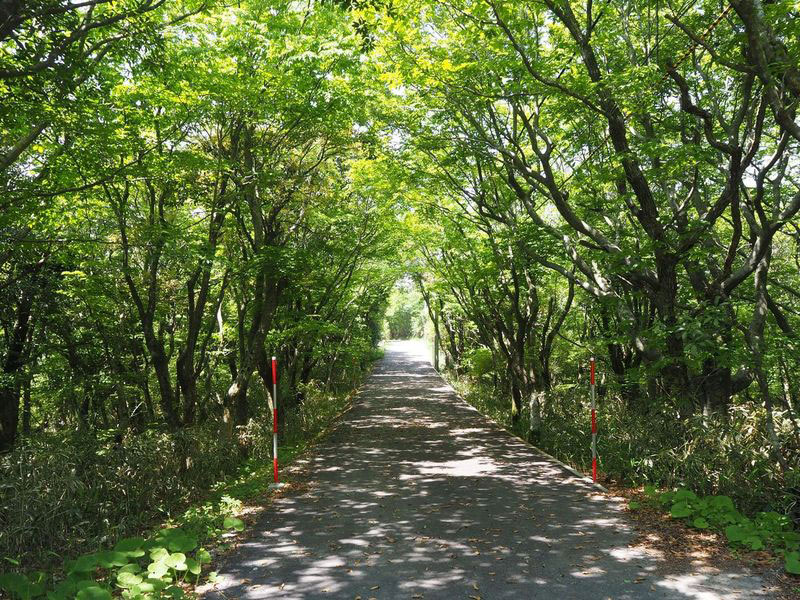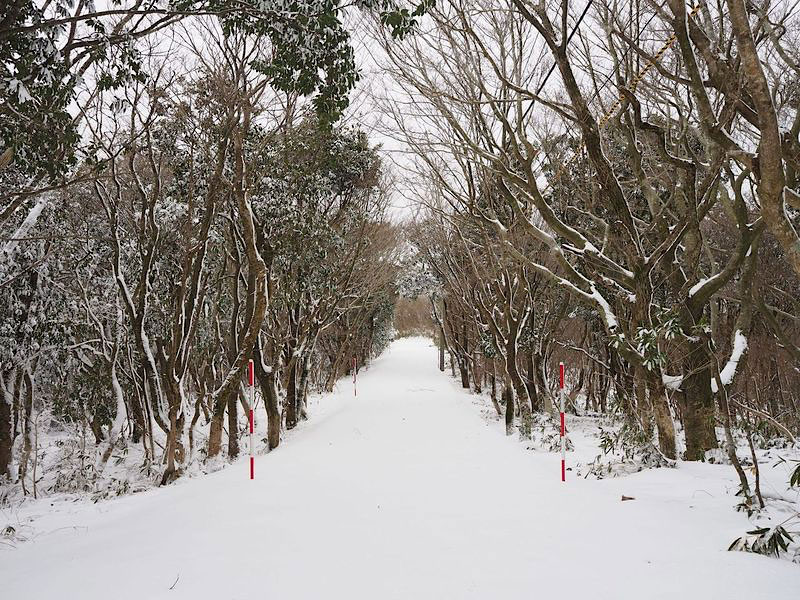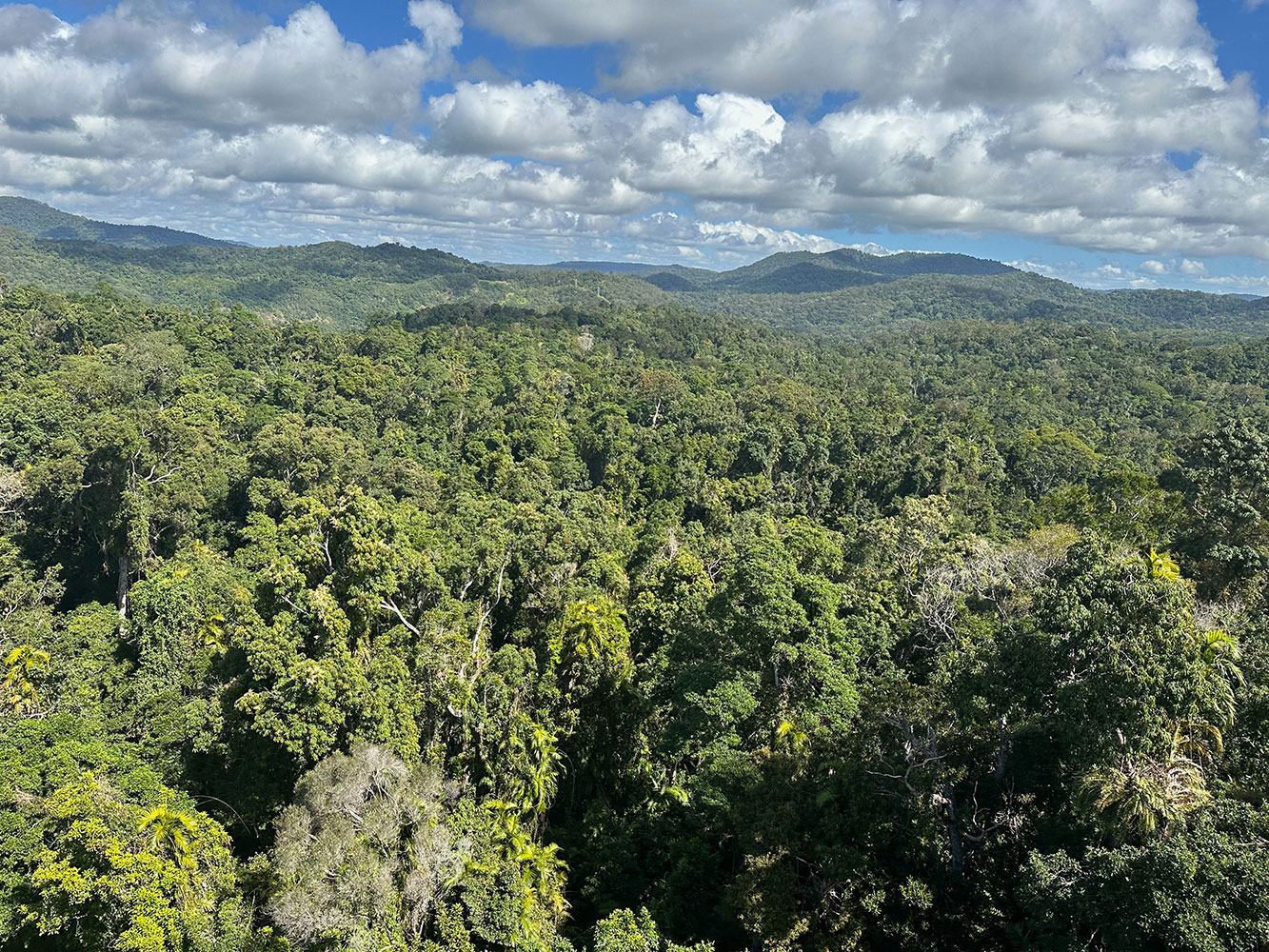| 2002 | Ph.D of Science, Department of Biology, Kyushu University |
| 2003 | JSPS postdoc, Department of Entomology, Pensilvania State University/Kyoto University |
| 2005 | JSPS postdoc, Department of Ecology & Evolution, Princeton University |
| 2007 | Group leader, Swiss Federal Institute of Aquatic Science and Technology (Eawag) |
| 2008 | Assistant professor, Graduate School of Environmental Sciences, Hokkaido University |
| 2011 | Associate professor, Graduate School of Environmental Sciences, Hokkaido University |
| 2015 | Associate professor, Department of Biology, Kyushu University |
| 2018 | Professor, Department of Biology, Kyushu University |
| 2024 | Distinguished professor, Department of Biology, Kyushu University |
Welcome to Akiko Satake's HP

e-mail: satake.akiko.269.atmark.m.kyushu-u.ac.jp
Profile プロフィール
ResearchmapCareer
Research Fields
- Mathematical Biology
- Ecology and Evolutoin
- Integrated Biology
- Phenology
- Chronobiology
Prize
| 2007 | The Miyadi Award of the Ecological Society of Japan |
| 2012 | The Japanese Society for Mathematical Biology Encouragement Award |
| 2014 | Morita Science Research Encouragement Prize |
| 2014 | Selected as a "Nice Step Scientist" |
| 2019 | Japan Society for the Promotion of Science (JSPS) Prize |
Research 研究紹介
Seasonal activity of plants and animals (Phenology) and Climate Change
The life history of organisms is closely linked to seasonal changes. Fundamental biological processes such as growth, mortality, and reproduction are not constant over time; rather, they fluctuate significantly in response to seasonal environmental changes. The temporal organization of biological activities that occur in sync with seasonal transitions is known as phenology, which plays a crucial role in adaptation to variable environments.
Phenology is gaining global attention as a key indicator of biological responses to climate change. We conduct interdisciplinary research to observe phenological changes in organisms inhabiting diverse climatic zones, from high to low latitudes, aiming to understand the mechanisms driving these changes and to predict future trends.
![[Seasonal activity of plants and animals (Phenology) and Climate Change]diagram](../assets/images/research/research-1-en.jpg)
Selected publication
- Satake, A., Nagahama, A., & Sasaki, E. (2022). A cross‐scale approach to unravel the molecular basis of plant phenology in temperate and tropical climates. New Phytologist, 233, 2340-2353.
- Satake, A., Kawagoe, T., Saburi, Y., Chiba, Y., Sakurai, G., & Kudoh, H. (2013). Forecasting flowering phenology under climate warming by modelling the regulatory dynamics of flowering-time genes. Nature communications, 4, 2303.
Biological Clocks, Rhythms, and Synchronization Phenomena
Almost all organisms possess an internal biological clock that operates on a circadian (~24-hour) rhythm. This clock also serves as the foundation for responses to seasonal (~annual) environmental changes, enabling organisms to adapt their physiology and behavior accordingly. Biological rhythms synchronize with environmental fluctuations, ensuring that physiological responses occur at the right timing for survival and reproduction.
Our research aims to uncover the mechanisms underlying biological rhythms with various periodicities by integrating theoretical approaches and empirical studies. Through this interdisciplinary perspective, we seek to understand how biological clocks and synchronization phenomena contribute to adaptation in changing environments.
![[Biological Clocks, Rhythms, and Synchronization Phenomena]diagram](../assets/images/research/research-2-en.jpg)
Selected publication
- Miyawaki‐Kuwakado, A., Han, Q., Kitamura, K., & Satake, A. (2024). Impacts of climate change on the transcriptional dynamics and timing of bud dormancy release in Yoshino‐cherry tree. Plants, People, Planet, 6, 1505-1521.
- Komoto, H., Lin, C. H., Nozawa, Y., & Satake, A. (2023). An external coincidence model for the lunar cycle reveals circadian phase-dependent moonlight effects on coral spawning. Journal of Biological Rhythms, 38, 148-158.
- Webb, A. A., Seki, M., Satake, A., & Caldana, C. (2019). Continuous dynamic adjustment of the plant circadian oscillator. Nature communications, 10, 550.
Ecosystem Omics and Molecular Phenology
We are developing ecosystem omics, a comprehensive approach that collects and analyzes molecular-level information on various organisms constituting ecosystems. Our research focuses particularly on forest ecosystems, where we study dominant tree species by integrating genomic, transcriptomic, and epigenomic data, along with information on volatile organic compounds released by plants. Through data acquisition and analysis, we aim to elucidate the mechanisms by which coordinated gene expression enables organisms to activate essential functions at the right timing in response to environmental cues.
![[Ecosystem Omics and Molecular Phenology]diagram](../assets/images/research/research-3-en.jpg)
Selected publication
- Satake, A., Hagiwara, T., Nagano, A. J., Yamaguchi, N., Sekimoto, K., Shiojiri, K., & Sudo, K. (2024). Plant molecular phenology and climate feedbacks mediated by BVOCs. Annual Review of Plant Biology, 75, 605-627.
Mutations as the Driving Force of Evolution
The driving force behind Earth's biological diversity is mutations in the DNA sequences of organisms. Despite their crucial role in shaping evolution, many aspects of how mutations occur in natural environments remain unexplored.
Our research focuses on long-lived plants that dominate forest ecosystems, aiming to elucidate the processes by which mutations arise in natural settings by detecting somatic mutations accumulated over centuries. By uncovering these mechanisms, we seek to reveal the fundamental principles that drive biological evolution
We integrate mathematical modeling with empirical data to investigate how mutations arising in stem cells during growth spread within an individual and are transmitted to the next generation. Additionally, we are exploring the direction of evolutionary processes in extraterrestrial environments, seeking to understand how evolution unfolds beyond Earth.
![[Mutations as the Driving Force of Evolution]diagram](../assets/images/research/research-4.jpg)
Selected publication
- Satake, A. et al. (2024). Somatic mutation rates scale with time not growth rate in long-lived tropical trees. Elife, 12, RP88456.
- Tomimoto, S., & Satake, A. (2023). Modelling somatic mutation accumulation and expansion in a long-lived tree with hierarchical modular architecture. Journal of Theoretical Biology, 565, 111465.
Field site visits 現地視察
Xishuangbanna Tropical Botanical Garden, Chinese Academy of Sciences


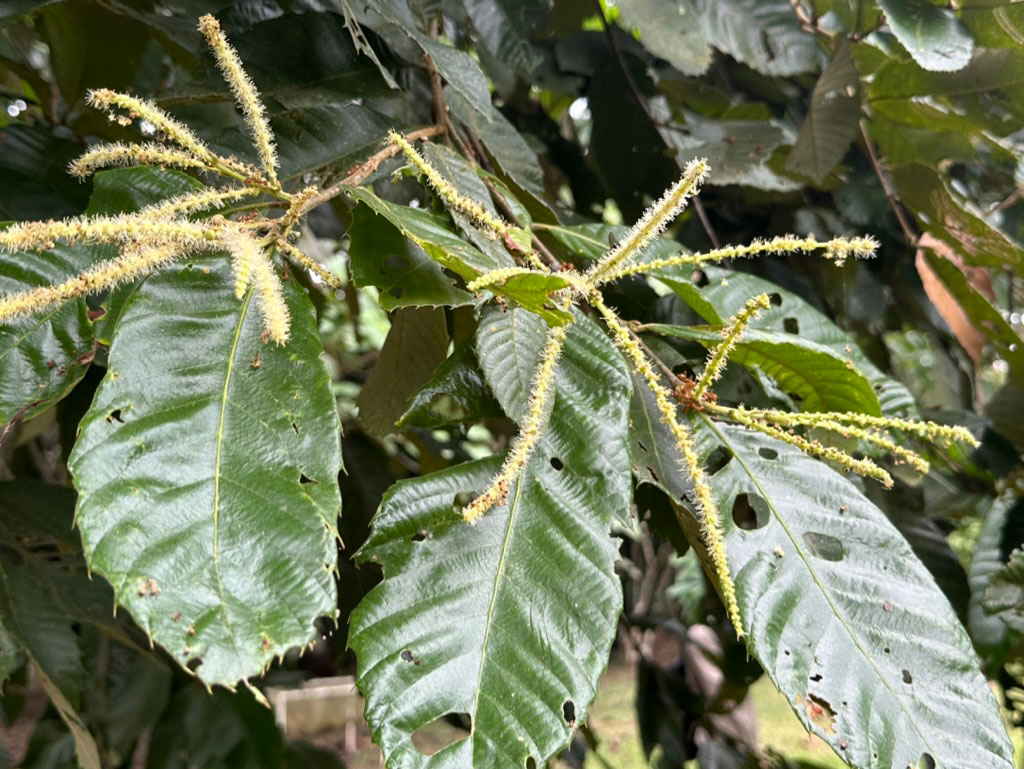
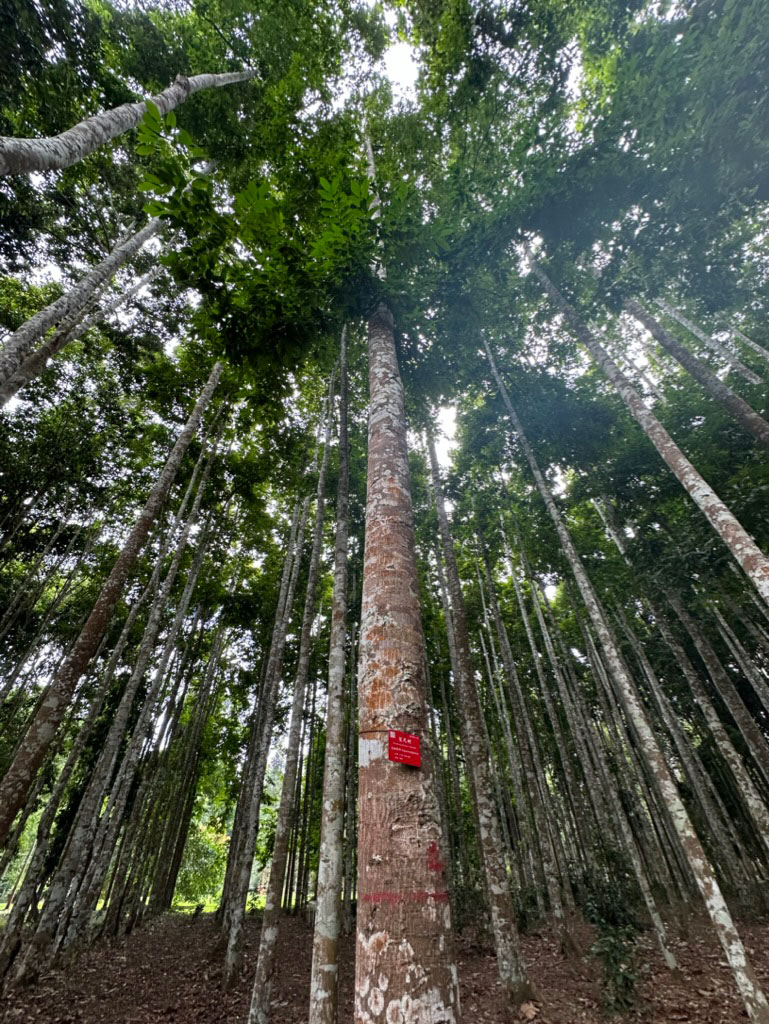
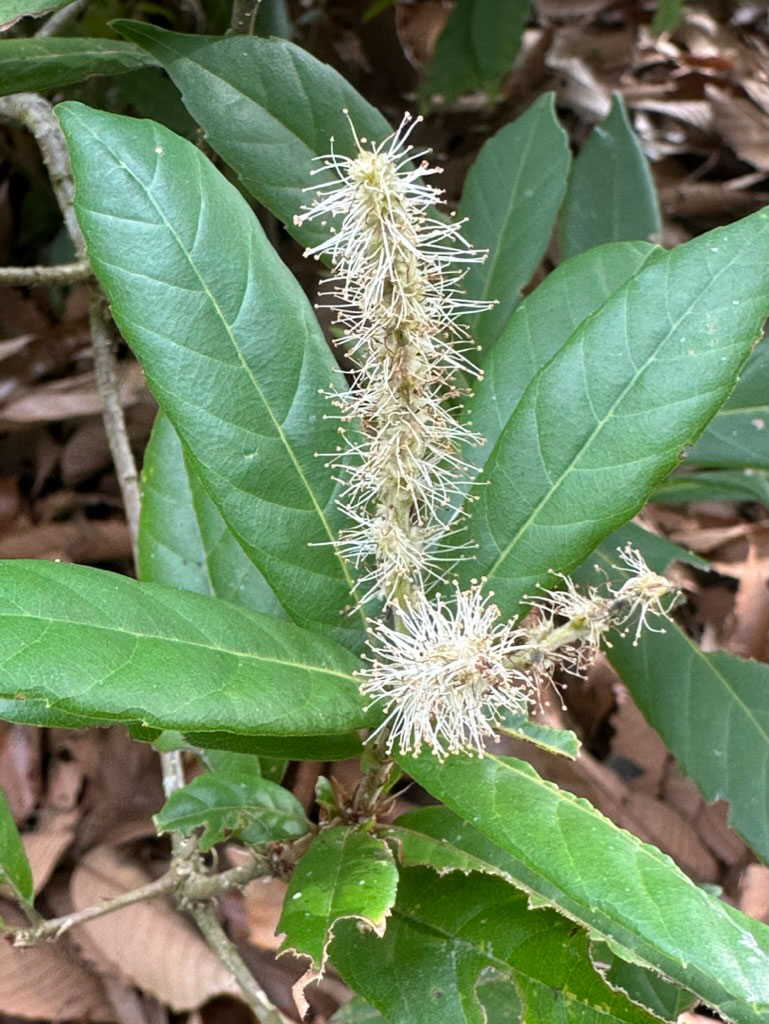
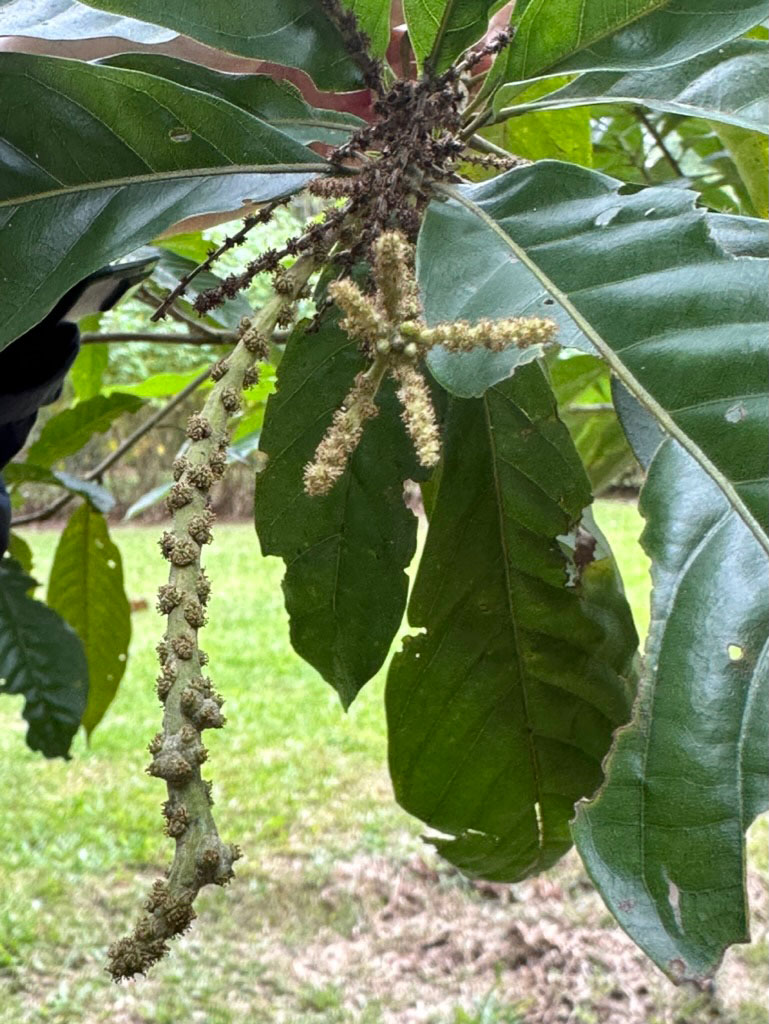
Forest Research Institute of Malaysia (FRIM) and its surroundings

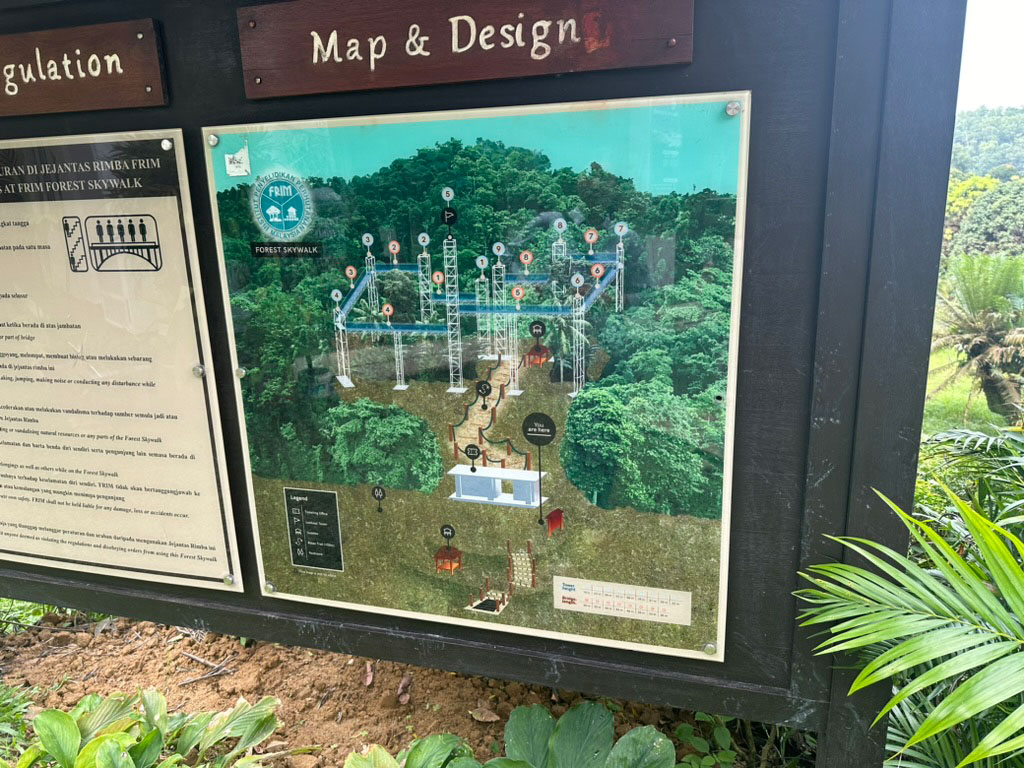
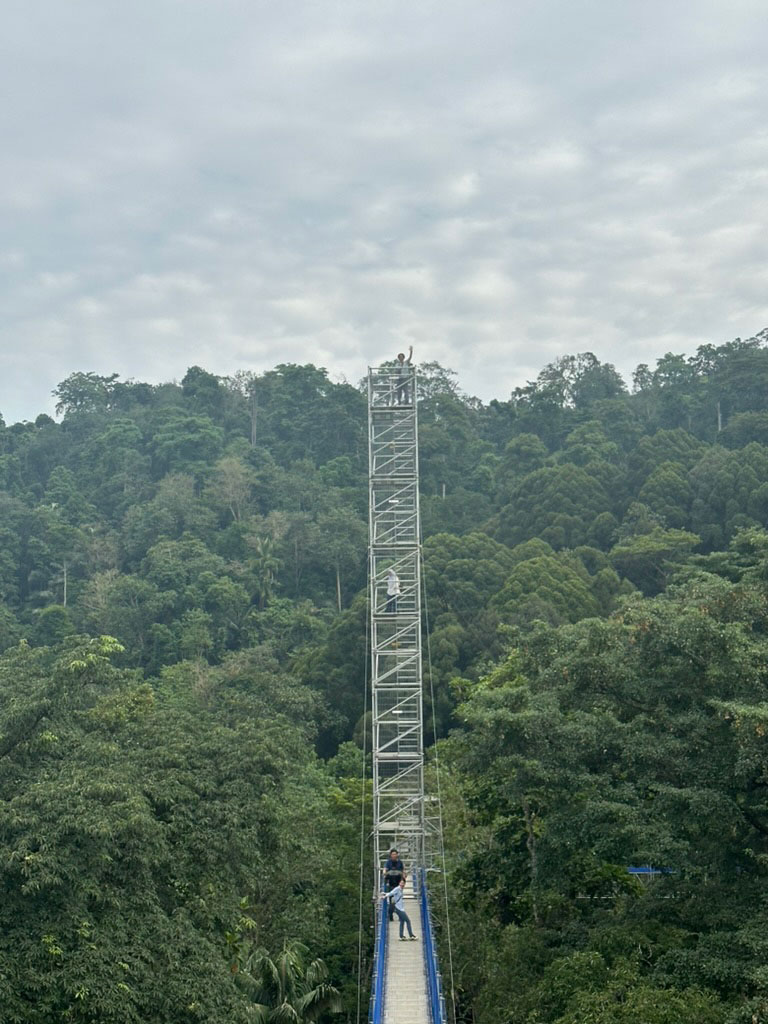
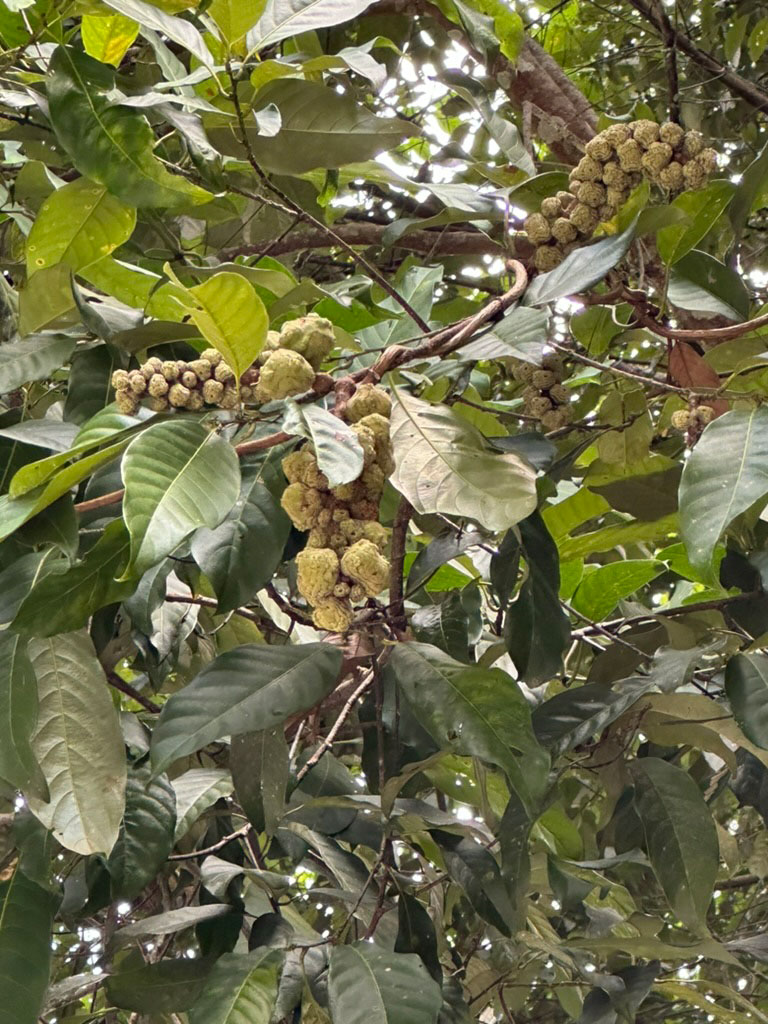
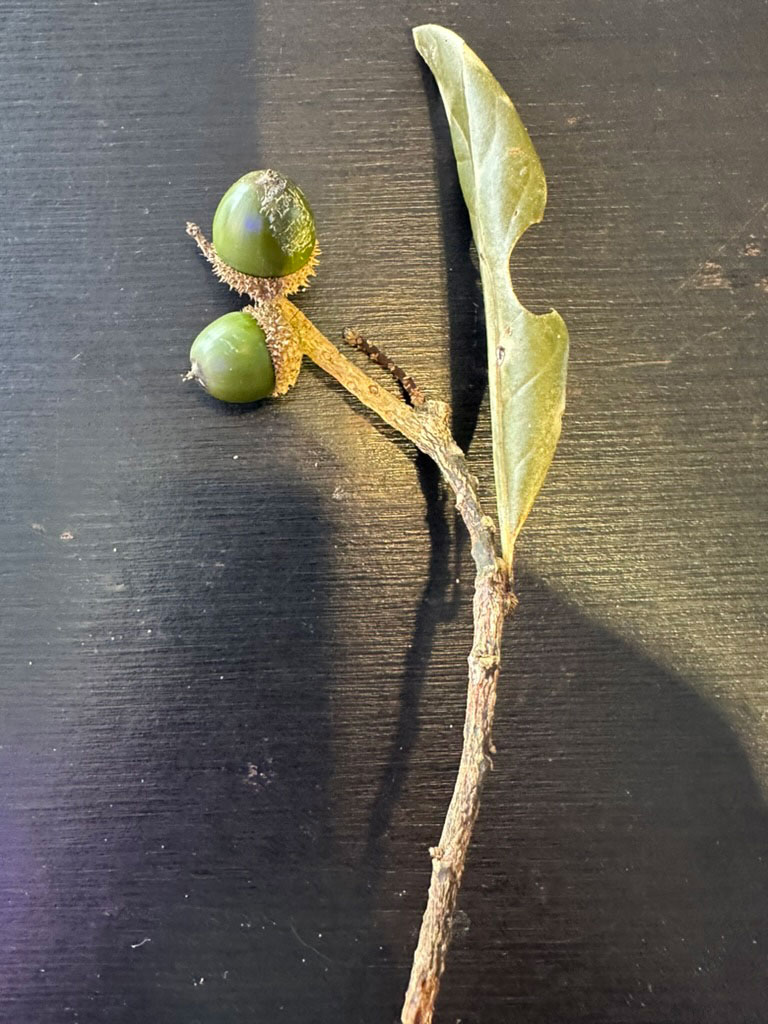
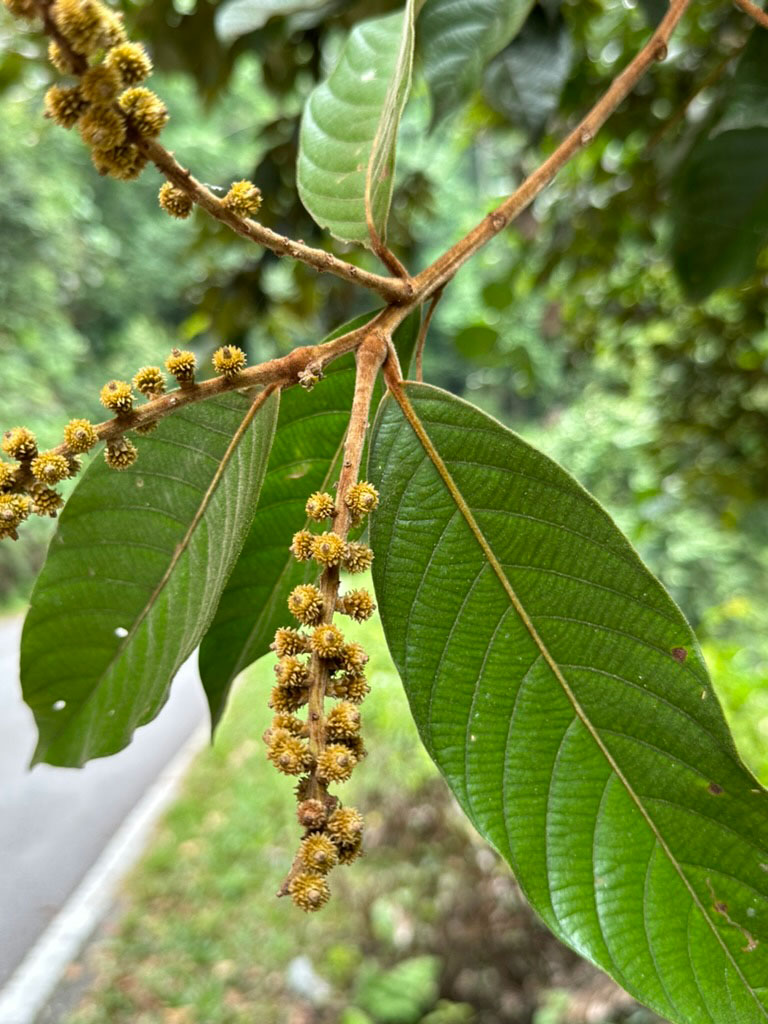
Four seasons of the Sefuri mountain range in Kyushu

